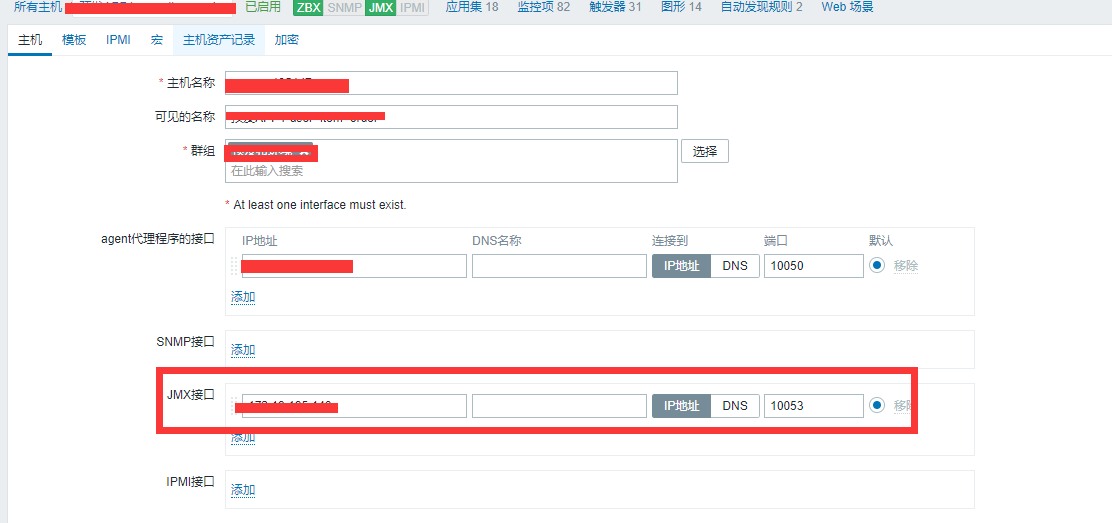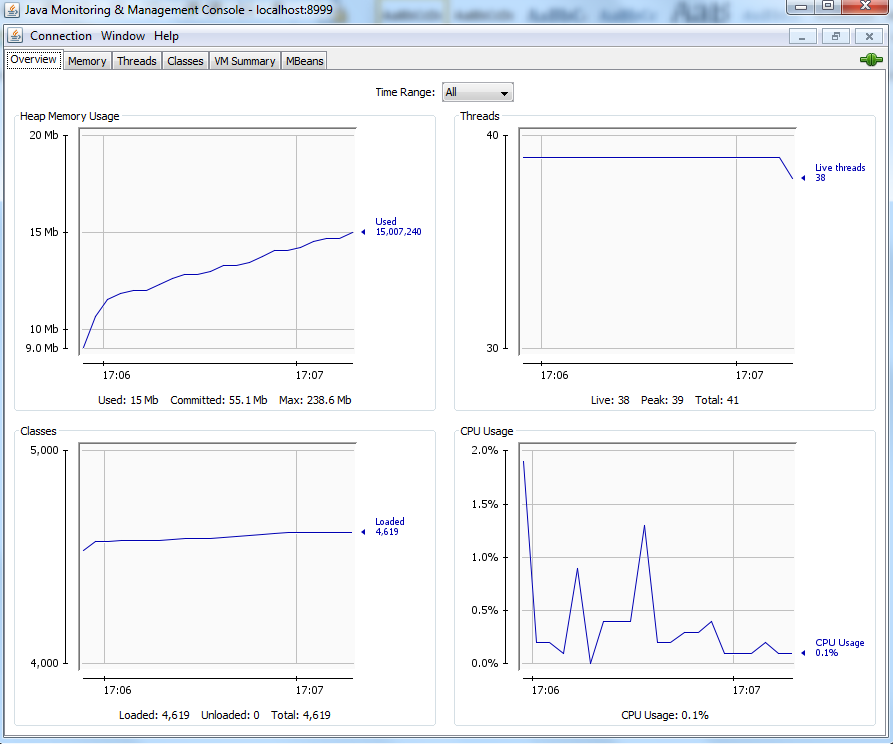
The following opens the 1098 port on the application to be accessed from the outside, and limits outside access to a certain address (obviously you would use your own). It will then fetch the memory usage from the JMX status info of the.
JMX MEMORY MONITOR HOW TO
Part 2 discusses how to add VisualVM to the mix (similar techniques apply to other monitoring tools)Įxposing the default RMI protocol is extremely painful because of the way it handles ports and requires a back channel.

Part 1 is about making the application to be monitored visible using JMXMP This post explains the steps necessary to manually inspect a Java application using the JMXMP protocol in a Kubernetes cluster. These tools also allow seeing the thread usage and drill down/filter interactively.
JMX MEMORY MONITOR FREE
In the Java ecosystem, the free VisualVM or jconsole tools are often used. Using airframe-jmx with Airframe DI import addition to log-based or agent-based monitoring, it is occasionally necessary to inspect interactively the behavior of a Java application, in particular its memory usage or CPU usage. jmxremote.ssl=falseįor convenience, you can start JMXRegistry inside your program:. You can launch JMXRegistry (e.g., on port 7199) by setting these JVM parameters: -Dcom. = "A example MBean object")Ĭlass = "ee", description = "free memory size") Parameter names are automatically generated but also can be specified explicitly. In this example, unt and stat.state will be reported. Stat( Random.nextInt( 10), "nested JMX bean")Ĭase class Stat( JMX count: Int, JMX state: String) To report nested parameters, add to parameters as well: class = "nested stat") It uses the extensive JMX instrumentation of the Java virtual machine to provide information on performance and.

CollectDis an open-source system statistics collection daemon that can gather metrics from various sources and external devices, and then store this information or make it available over the network. Register the MBean to make it visible from JMX interface val mbean = new SampleMBean (mbean) Jconsole is a JMX-compliant monitoring tool. JMX metrics include information like heap memory usage, number of threads, and CPU usage. JVM Garbage collection is the mechanism by which the VM(Virtual Machine) frees up memory for Java Applications. Registering JMX parameters import = "A example MBean object") Usage is simple: Add annotation to variables or methods you want to see in JMX. LibraryDependencies += "" %% "airframe-jmx" % "(version)" > Treasure Data -> Presto SQL (Doing metric-driven actions with SQL queries)


 0 kommentar(er)
0 kommentar(er)
